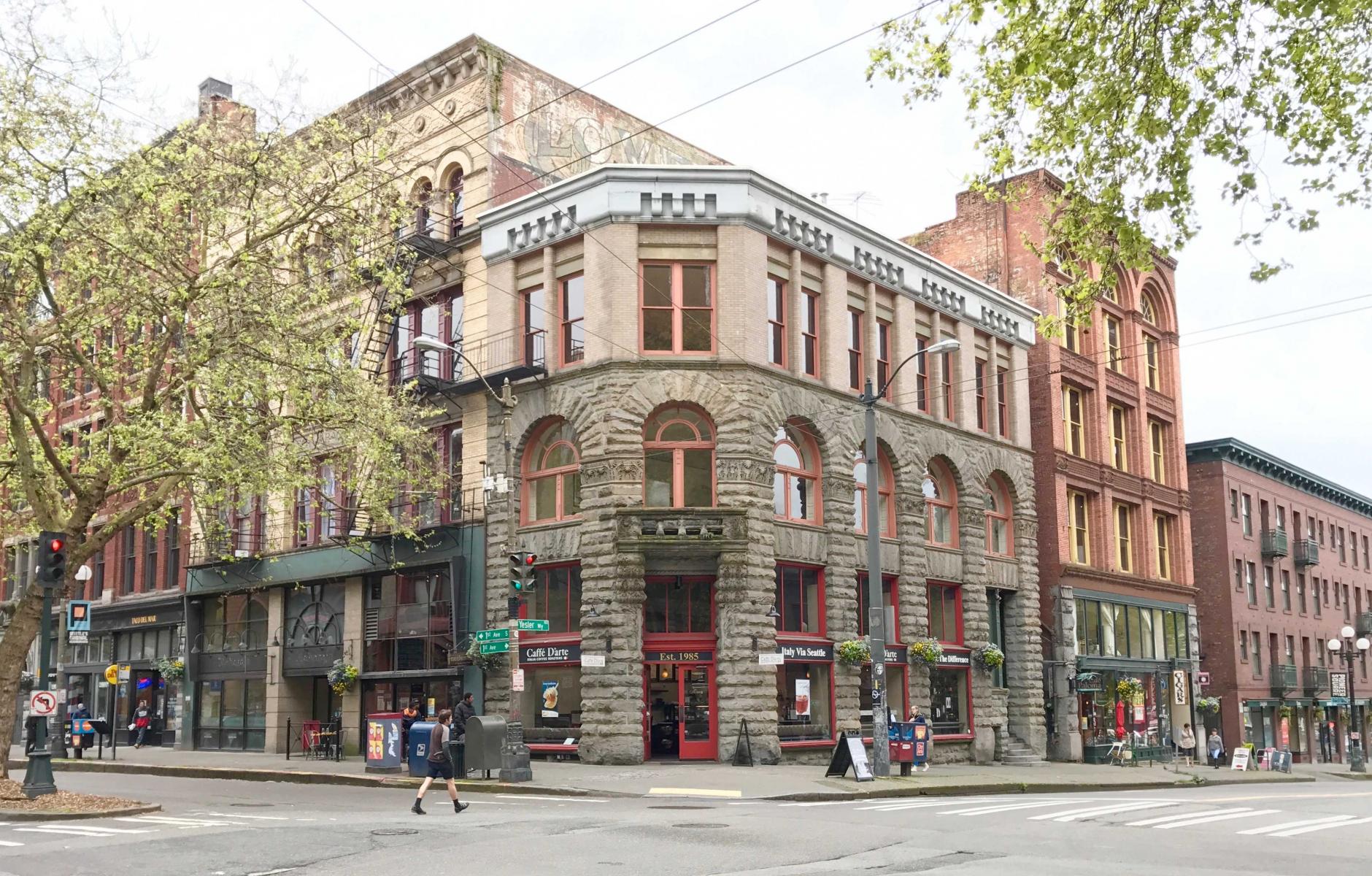
CNU 25: Highlights from the silver anniversary
Last week was the 25th annual Congress for the New Urbanism in Seattle, where 1,400 city planners, architects, developers, economists, and mayors from around the world gathered to discuss the future of cities. Hosted in collaboration with the Urban Land Institute, comprised of an additional 6,000 developers and builders, the two events brought significant inspiration and insight to those working in the city building trenches. Here are a few of the ideas that resonated the most with me, along with some of my favourite spots in downtown Seattle, where the “unboxed” conferences were held. All images are clickable for a larger view, and have CreativeCommons ShareAlike License with Attribution to Hazel Borys.
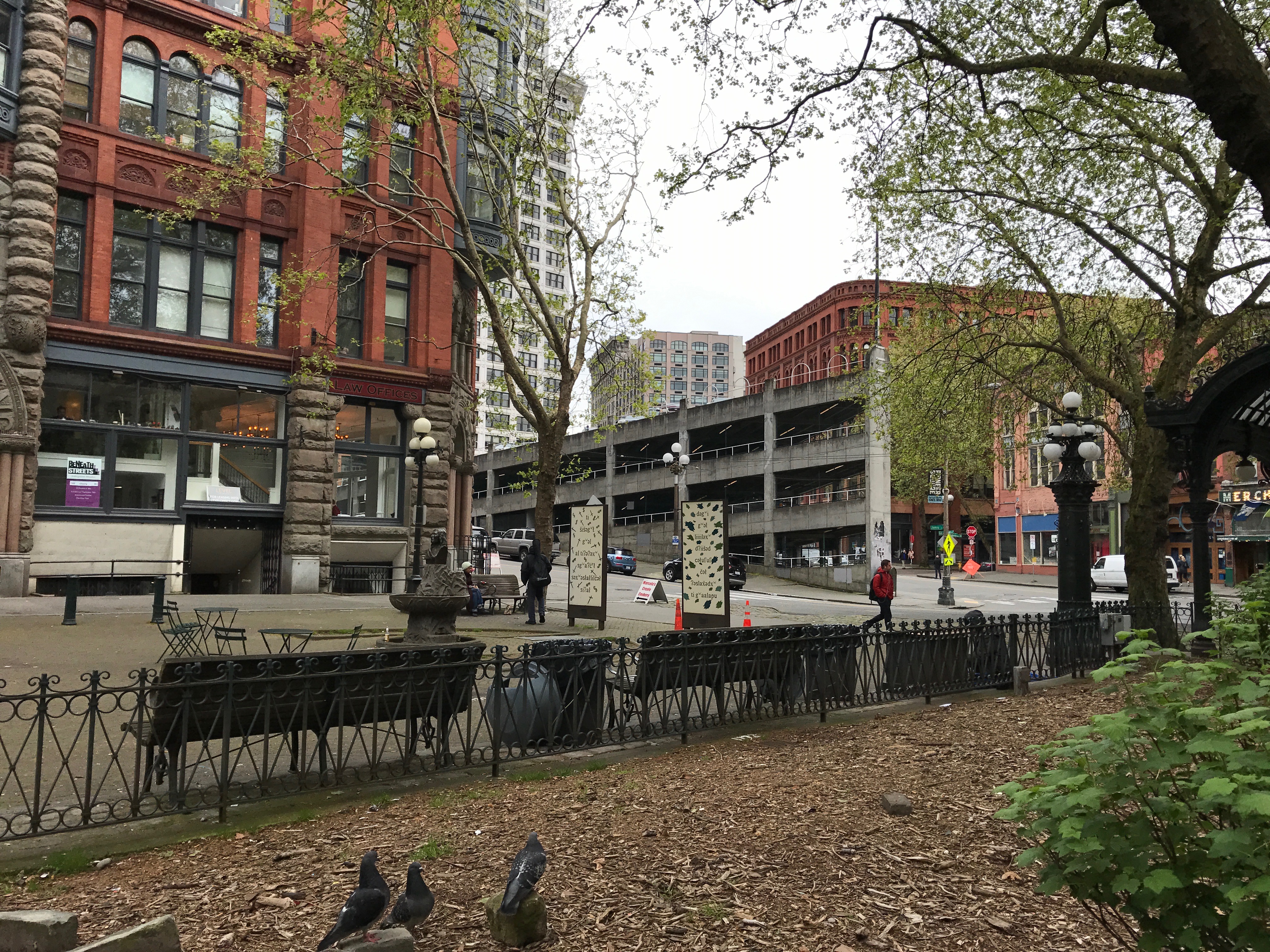
A fireside chat with Joe Biden opened the events, where liberals and conservatives alike found resonance with his message calling for strength and compassion. While it may be proper to question one another’s judgement, Joe wanted to make it clear that it is never proper to question one another’s motives. He reminded us a civilized society rests on compassion.
On behalf of the Duwamish people and the 25 indigenous tribes of the Seattle region, Chenoa Egawa welcomed CNU 25 with sobering reminders that we must work together. She pointed to the indigenous systems honoring environmental and social health, after which economic resilience grows. Native peoples know the power of story. Shared identity and lessons from generations past have successfully kept them here for millennia.
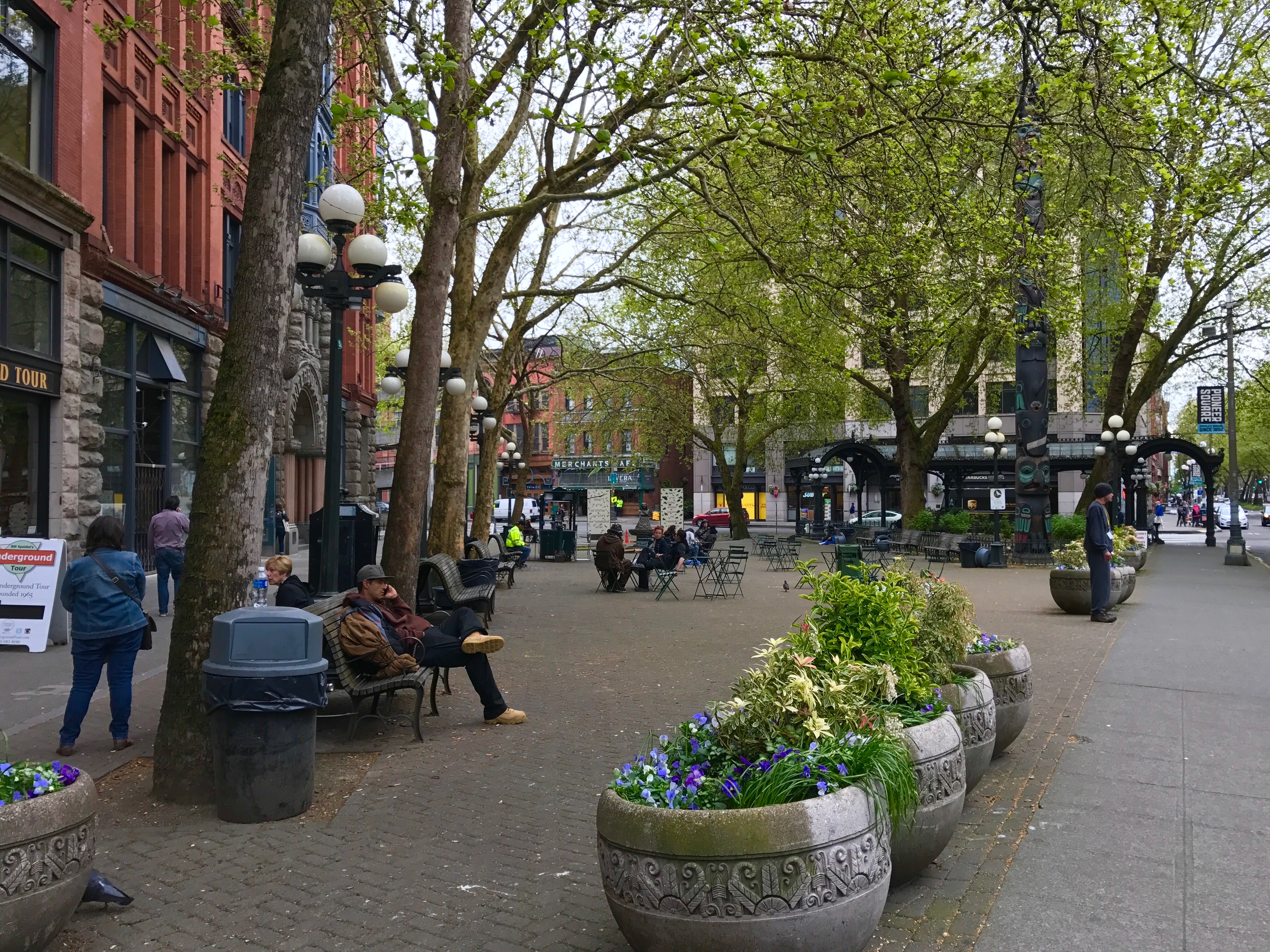
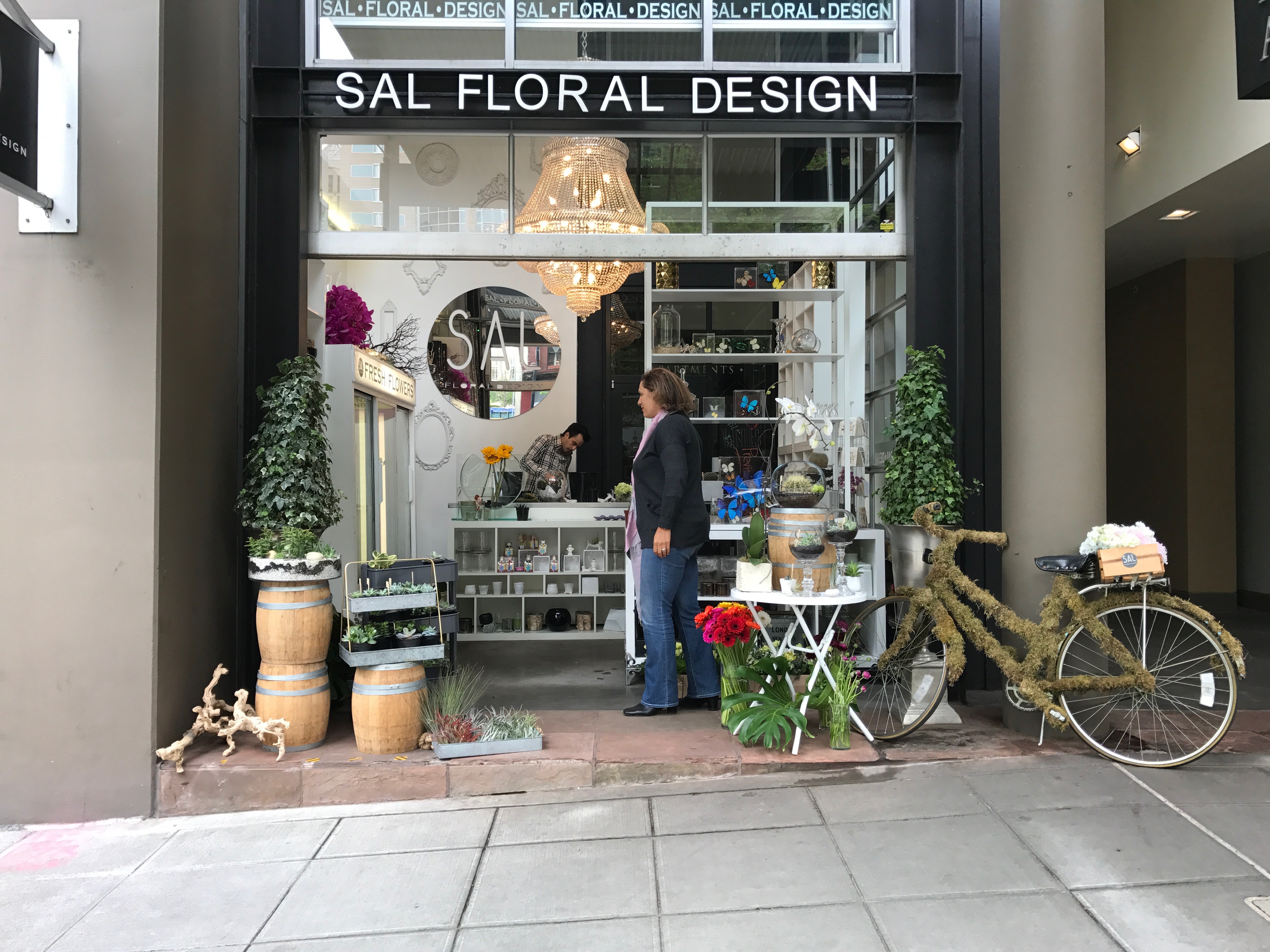
City Planning Essentials
“Think of yourselves as treasure hunters, not fixers. Find ways to activate people. Restore agency and dignity.” ~Tiffany Owens
“What is modest in the built environment is the most important. Learn to listen with modesty.” ~Stefanos Polyzoides
“Architectural character treats the city as a theater and the buildings as actors in a play. Architectural type is universal while architectural character and style are place-bound.” ~Samir Younes
“Houston spends 16% of its city GDP on transportation, New York: 10%, Toronto: 7%. Multimodal design keeps cost down.” ~Ian Lockwood
“We’ve known the cost of sprawl since the Nixon administration. Don’t hate the player; hate the game. Compact development isn’t just heads and shoulders above everything else economically, it’s leaps and bounds above. We’re operating under 17th century tax policy. Cheap buildings pay low taxes. The perverse incentive of our tax code encourages throwaway buildings and surface parking.” ~Joe Minicozzi
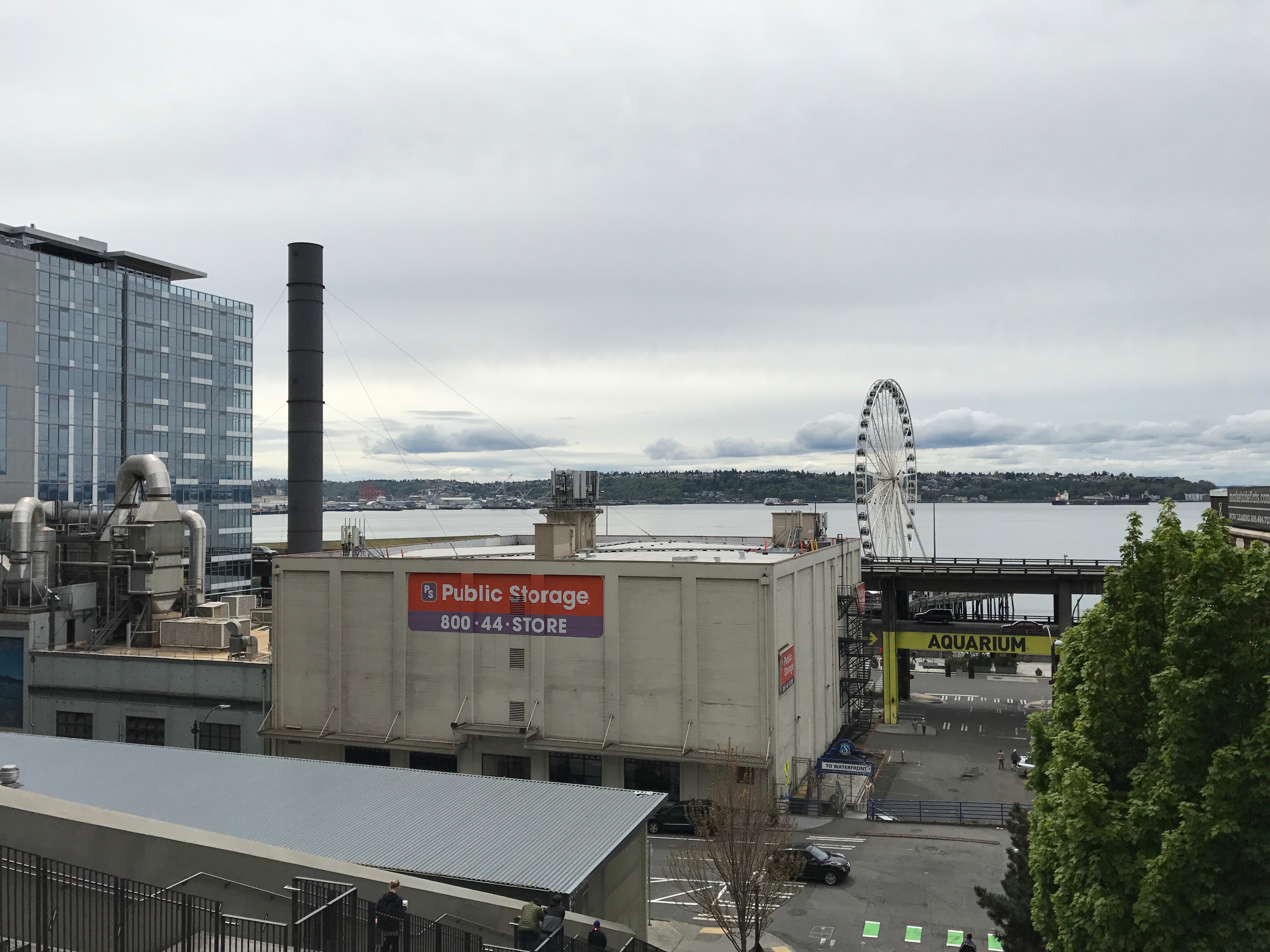
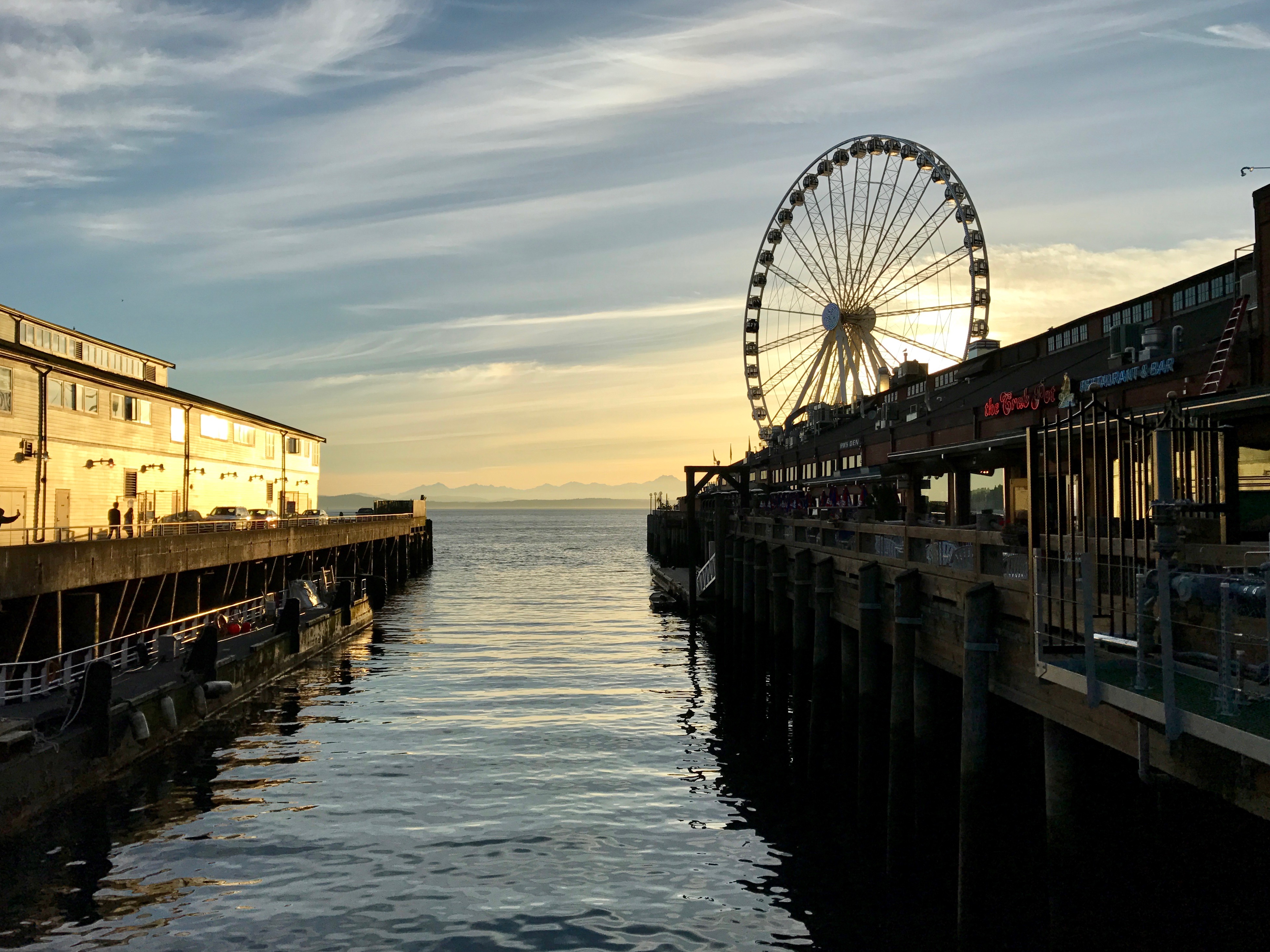
Equity and Gentrification
Majora Carter, a community developer from the South Bronx, brought a strong message of revival. When you grow up in a low-status place, you’re told in certain ways that your community doesn’t matter and people respond by acting that way. A sense of place can’t exist in isolation. A sense of place reminds us we are connected. When our public spaces reflect beauty back to us, it says we are important.
Carter says that too many places to self-medicate, taxes on being poor, and food desserts signal to the outside world that Econ Dev isn’t possible here. When you build a place to concentrate poverty, predictable outcomes ensue. Instead, placemaking reduces brain drain from our poor communities, particularly in places that are enabling self-gentrification: development by us, for us. Leadership is disrupting your own people at a rate that they can absorb.
Our current global crisis of 68 million refugees and war-time destruction of cities is thanks in large part to income inequality, per Jonathan Rose, author of The Well-Tempered City. He warns a society addicted to opioids, alcohol, and sugar cannot be stable. Healing requires a sense of both “me-ness and we-ness.” This session was not the first time in the congress that we were reminded that compassion is central to all successful societies.
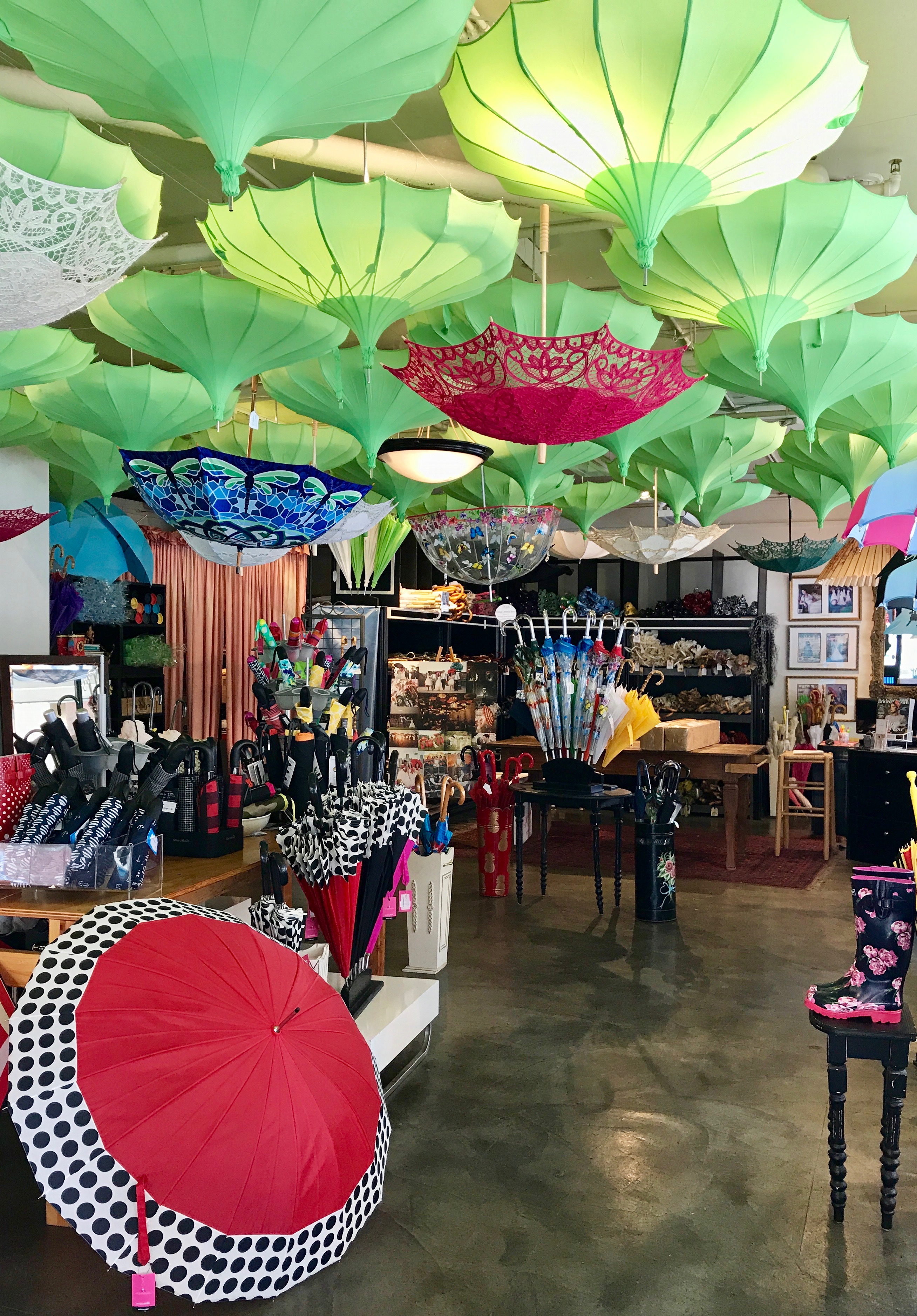
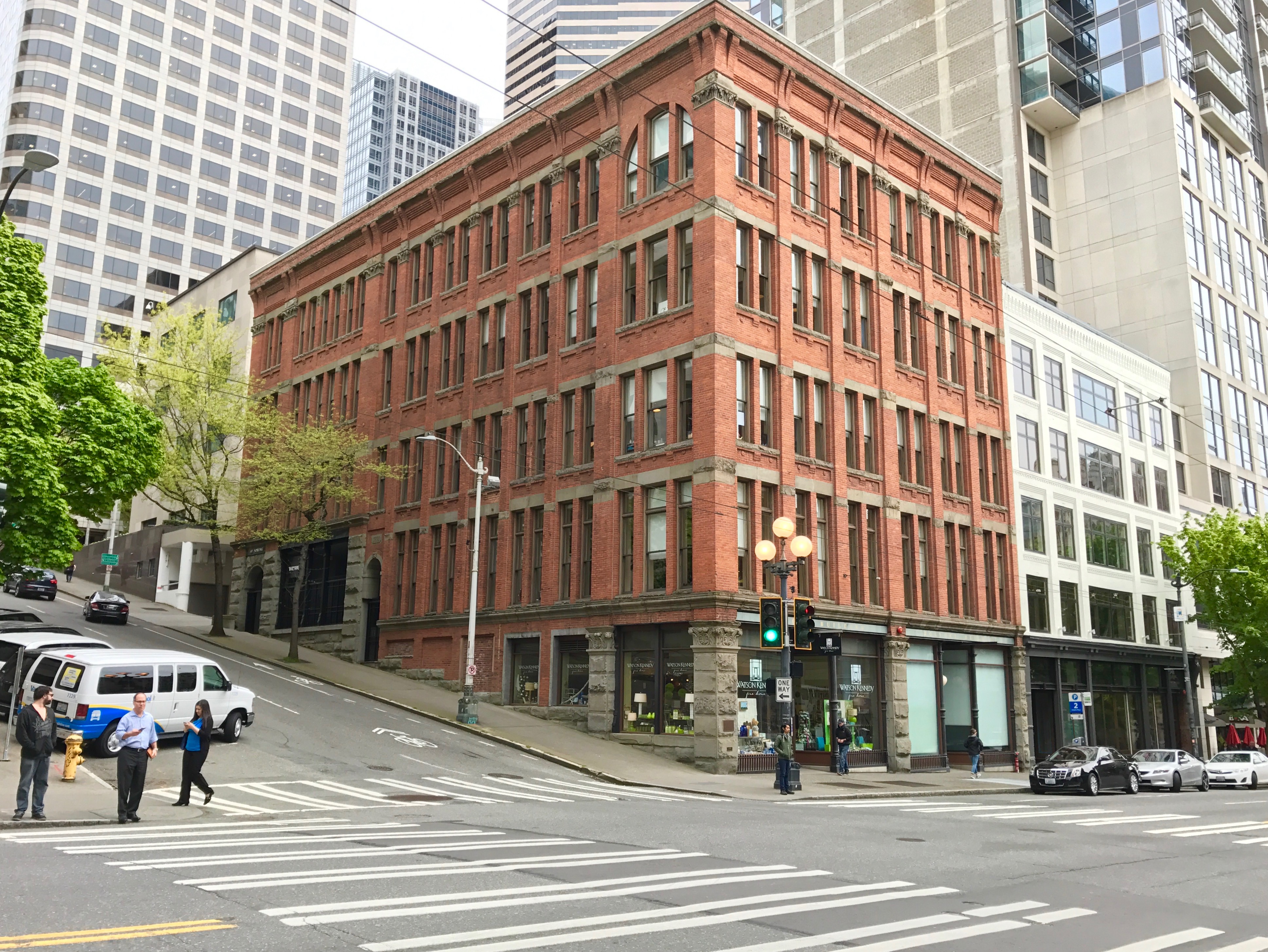
Poverty and its Implications
Elizabeth Kneebone from the Brookings Institute, and co-author of Confronting Suburban Poverty in America, underlined that the trend continues across the U.S. and Canada for more poor residents in the suburbs than cities. At last count, 3 million more poor people lived in the suburbs than cities in the U.S. This reality exists even in first tier cities and middle class bastions.
Pockets of high poverty have an extra barrier to the path out of poverty: being poor in a very poor place. About half of the voucher households live in the suburbs. Three-quarters of both subprime loans and foreclosures happened in the suburbs. Increasingly immigrants are bypassing center cities and moving directly to suburbs.
Factors driving the suburbanization of poverty include population change, immigration, affordable housing, job location, and economic trends.
Suburban poverty brings many challenges, like low transit access, fewer support services, limited philanthropic resources, and low government investment. Successful regions are figuring out ways to collaborate and innovate across cities and suburbs to deal with our collective fiscal challenges.
CNT’s Scott Bernstein shows that even in Seattle, one-third of region’s poor live in central Seattle/Tacoma with two-thirds living in suburbs. He points out poverty reduction is different than poverty mitigation. We can reduce poverty by raising income or by lowering expenses, the latter of which has speedier impact, thanks to income taxes. Transportation costs are eating away from the promise of home savings that drive people to the suburbs.
Confronting Suburban Poverty compiles a collection of the solutions communities across the U.S. are employing. Denver‘s transit plans coupled with affordable housing and access to jobs is a great example of poverty reduction. In Seattle, neighborhood upzoning tries to unlock Mandatory Housing Affordability. Montgomery County, MD’s Neighborhood Opportunity Network does a good job connecting people and services. The Andes provide some helpful lessons on how to take advantage of ancestral knowledge.
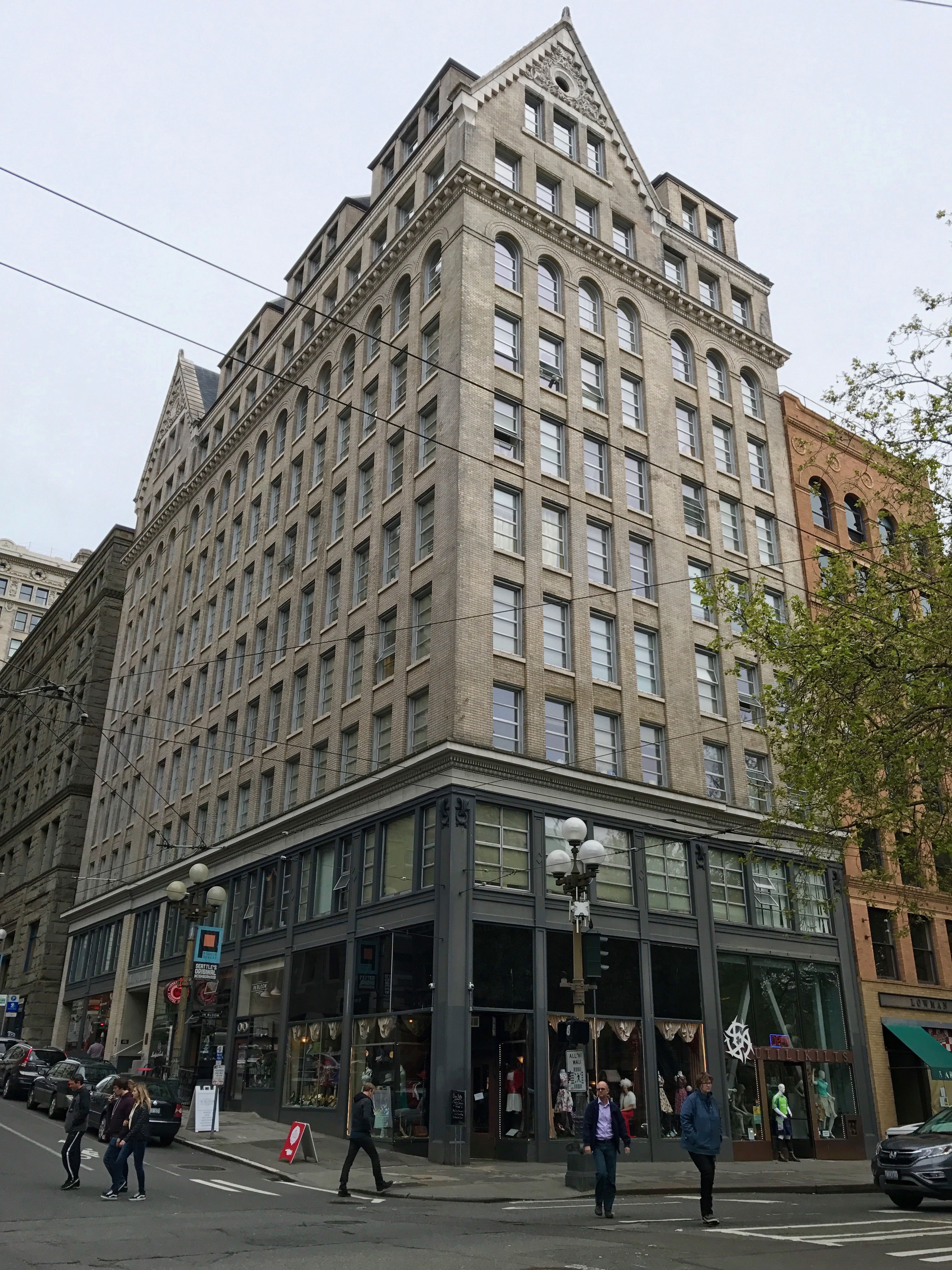

Historic Preservation
Stephanie Meeks, author of The Past and Future City, praised CNU for returning places to the qualities that made them so beloved in the first place, for 25 years now. Every city’s future is connected to it’s past. The Atlas of ReUrbanism finds that older places have more jobs, diversity, and affordability.
Meeks points out people are returning to city centers in part for the character and draw of historic buildings. Reuse of buildings should be as standard as our zealous recycling programs, and demolition should be a last resort. She encourages flexible form-based codes that allow for mixed-use and incentivize thriving places. Revitalization of historic structures often carries with it fears of gentrification and displacement. Sweet Auburn Historic District in Atlanta was revitalized without a single displacement.
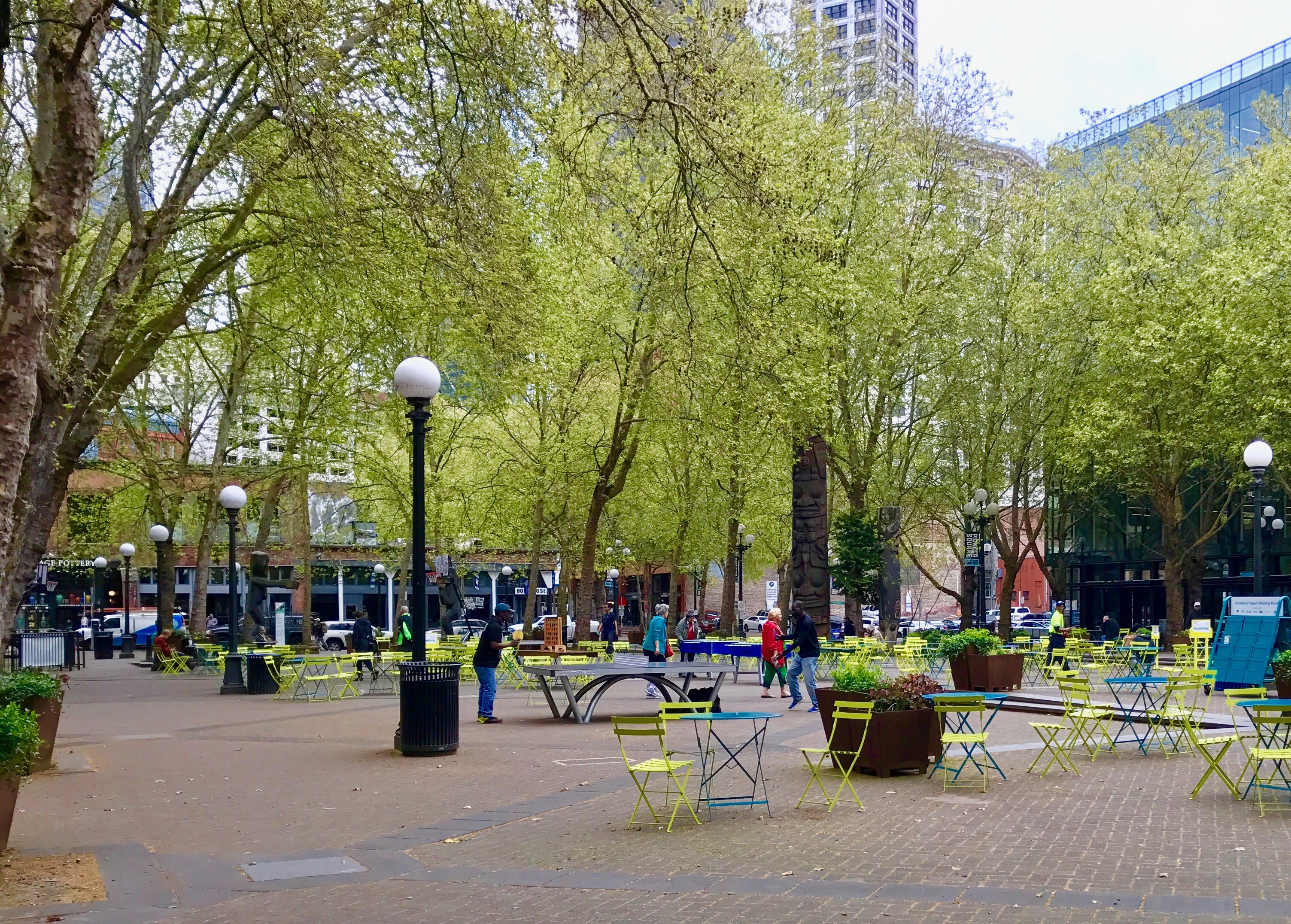
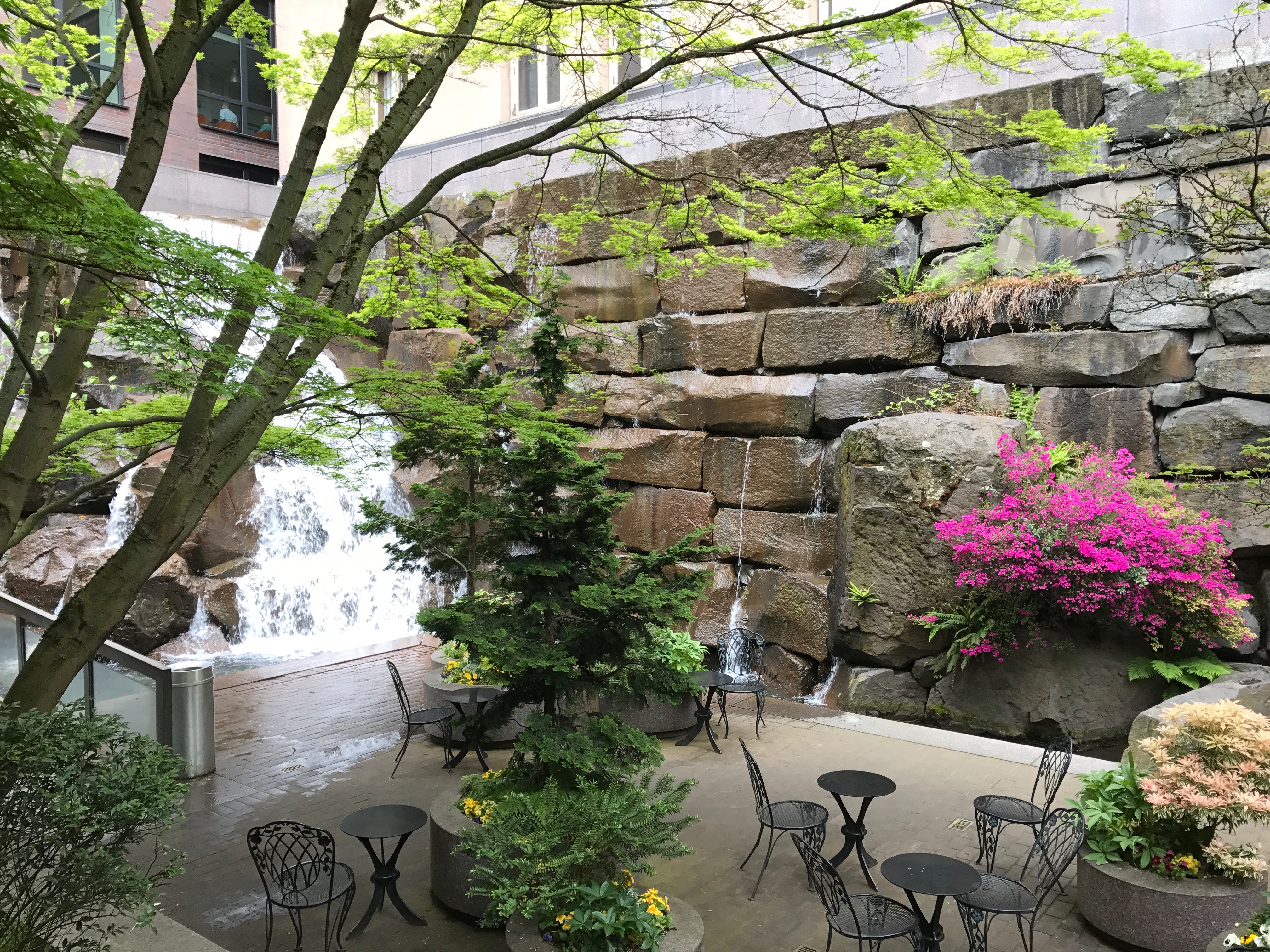
Transit
Jarrett Walker, the author of Human Transit, was clear that if you make it easy, people do it more. He uses “Jane Maps” to visualize liberty as a tool to describe the value of transit. The relationship between density and transit ridership is a simple geometric relationship, but the transit line must stay straight! Doglegs and loops kill transit.
Walker warns that private taste is a lousy guide for public policy. Just because I love trains doesn’t mean that the bus isn’t the best choice for my city. (I am a frequent bus rider and I am at peace with my need to rent the train experience during vacation and work trips.) And self-driving cars will not solve transportation challenges in cities because they take up just as much space as a private car.
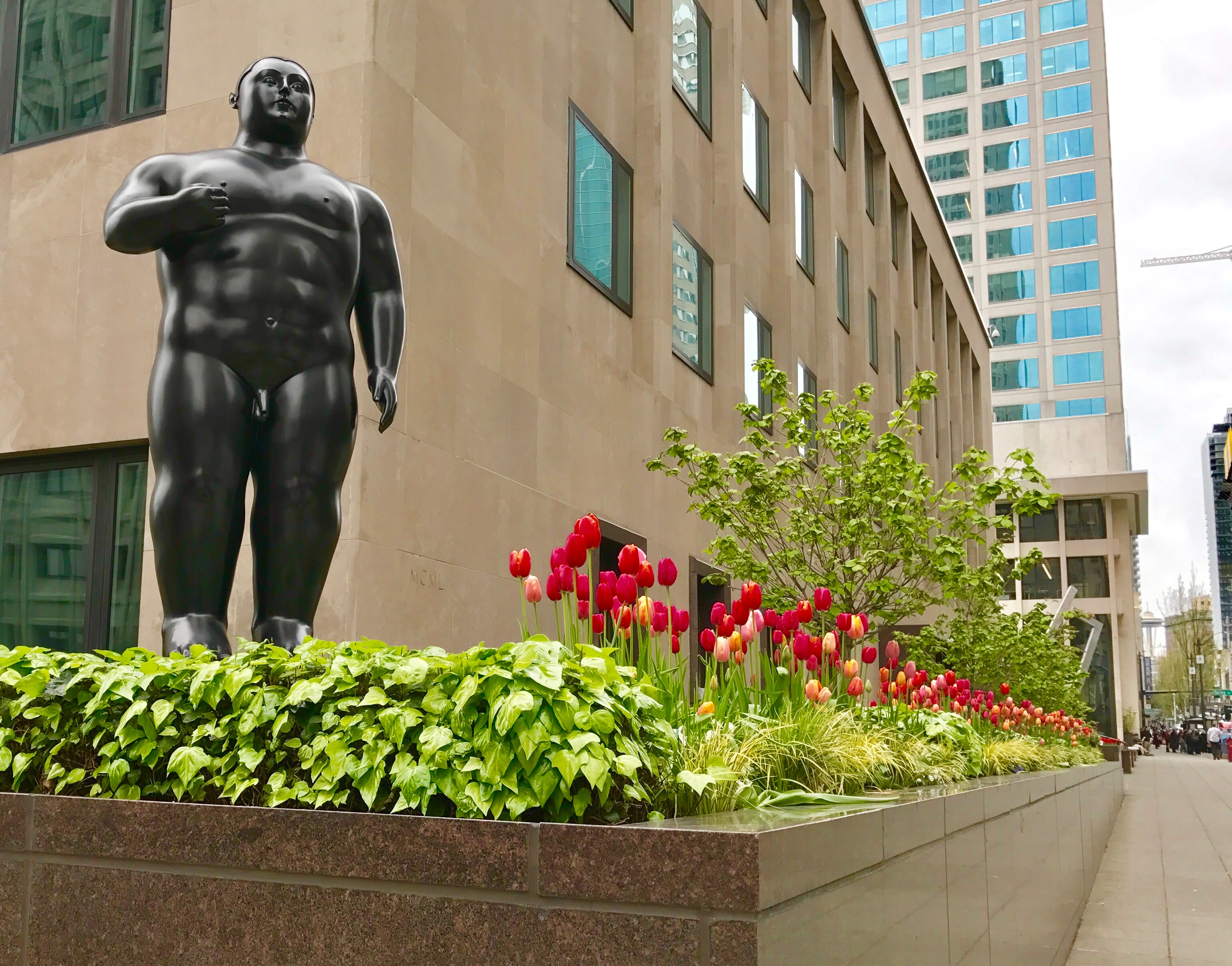
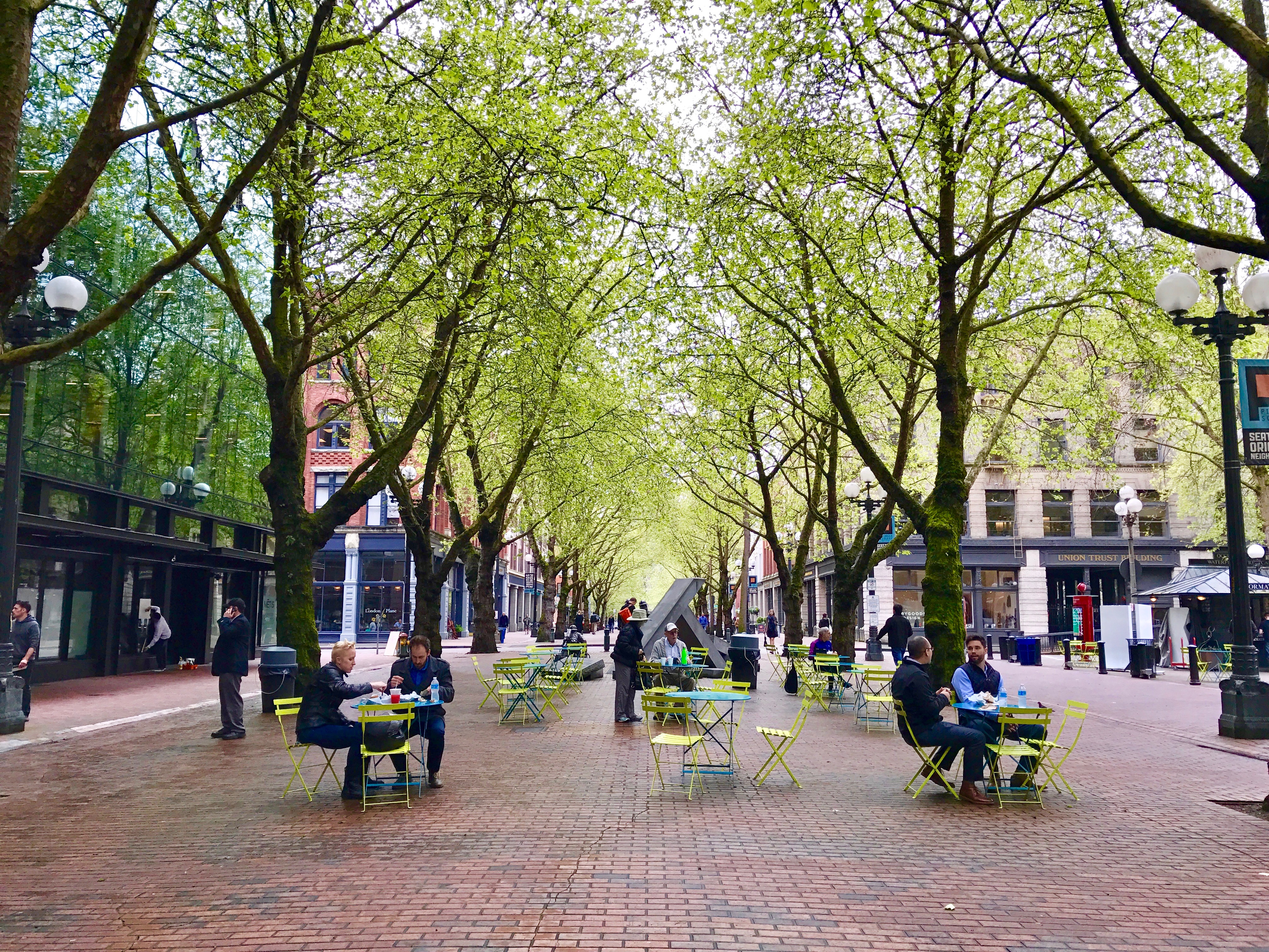
Project for Code Reform
One of my favourite sessions at CNU 25 was the day-long Project for Code Reform Workshop, with Susan Henderson, Marina Khoury, Jennifer Hurley, Matt Lambert, Janet Shull, and me. Along with the session on the CNU Legacy Projects where Lean Code ideas were applied. In the case of Tukwila, WA, here is the report that begins with a restriping plan and four pages of code that moves a highway toward a main street. To date, 100% of the CNU Legacy charrettes have been implemented, so we look forward to walking this main street sometime soon.
For the workshop, we used the concept of the A-B Grid to select S-M-L-XL zoning interventions, from baby steps to giant leaps. If you try to make every street great, no street will be great. The A-Grid includes the great streets (places), and the B-Grid is service oriented (links). Getting your links and places right could mean the difference between a bandaid or a coffin after a collision.
The first step in an A-B Grid is a frontage analysis: good, mediocre, regrettable. From there, land use upgrades can be sized for the level of local political support. Remember, only write what you’re willing to administer! Only design for public frontages that you can afford to build. “Instead of guaranteeing a great place, the Project for Code Reform enables a great place,” good advice from Lynn Richards. Moving toward great places is usually a process, so getting the tools aligned with the political will is critical.
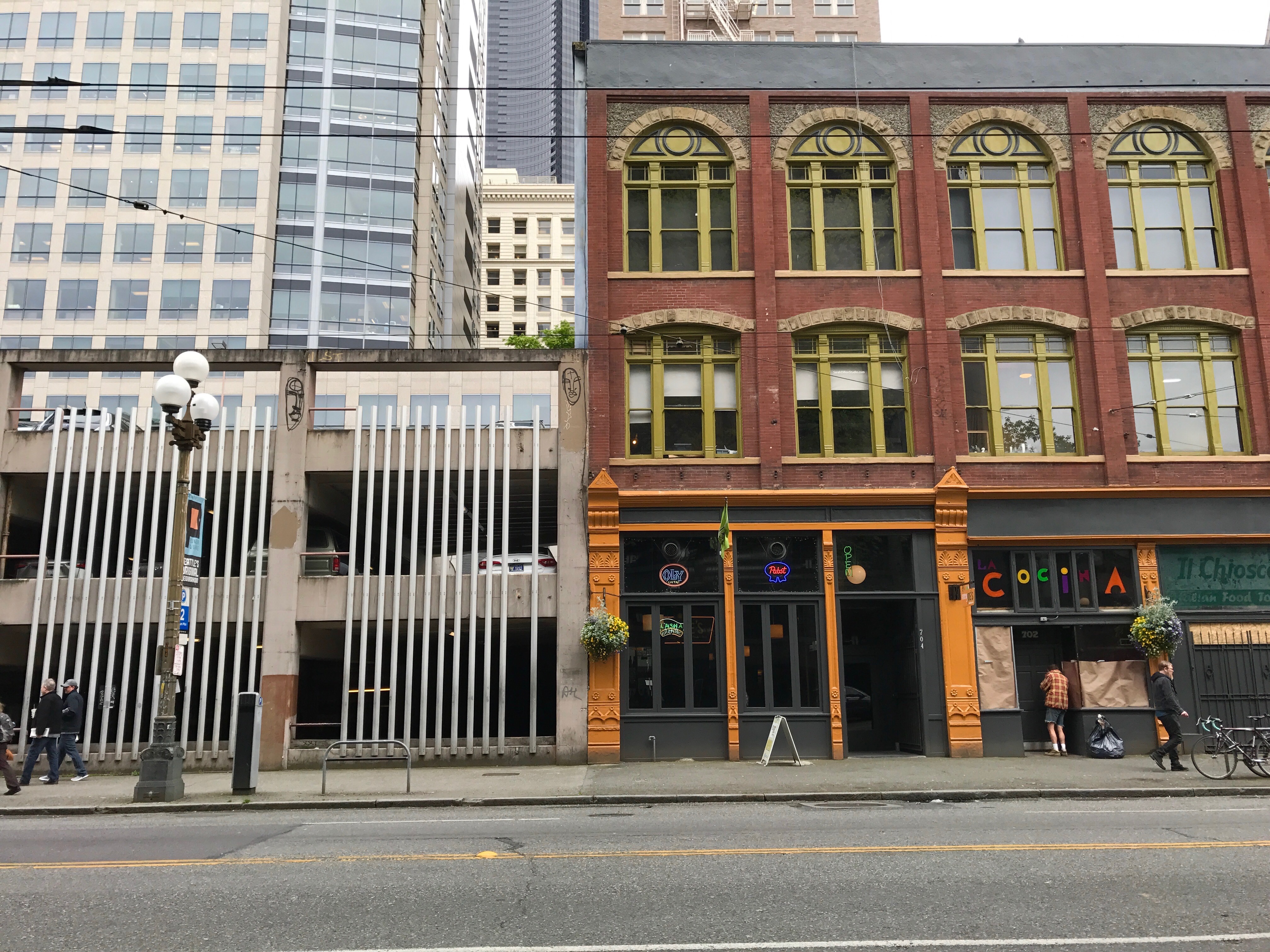

Mitigation and Adaptation
Andrés Duany reminds us that form-based codes, now almost 40 years old, were originally environmentally driven, with many other reasons layered on. Now the main point of discussion tends to be economic. A comprehensive plan and its implementing code should “nudge a place to balance” and deliver contentment and livability. This is hard to achieve without subsidiarity, or allowing decisions to be made at the lowest competent level.
Duany points out that wholesale cultural change because of climate change is a hard sell. But wholesale change because it makes people have a good day is much easier. Placemaking via compact development delivers a more fulfilling experience, and the side effect is a cleaner environment. Regardless, we are unlikely to be able to erase the effects of suburbia and consumption, so city planners need to quickly get adept at both mitigation and adaptation.
For more land use tools, check out the Form-Based Codes Institute, Project for Code Reform, Russ Preston’s PlaceCode Beta 2.0, Center for Applied Transect Studies, the Lexicon, the Codes Study, and our land use blog series.
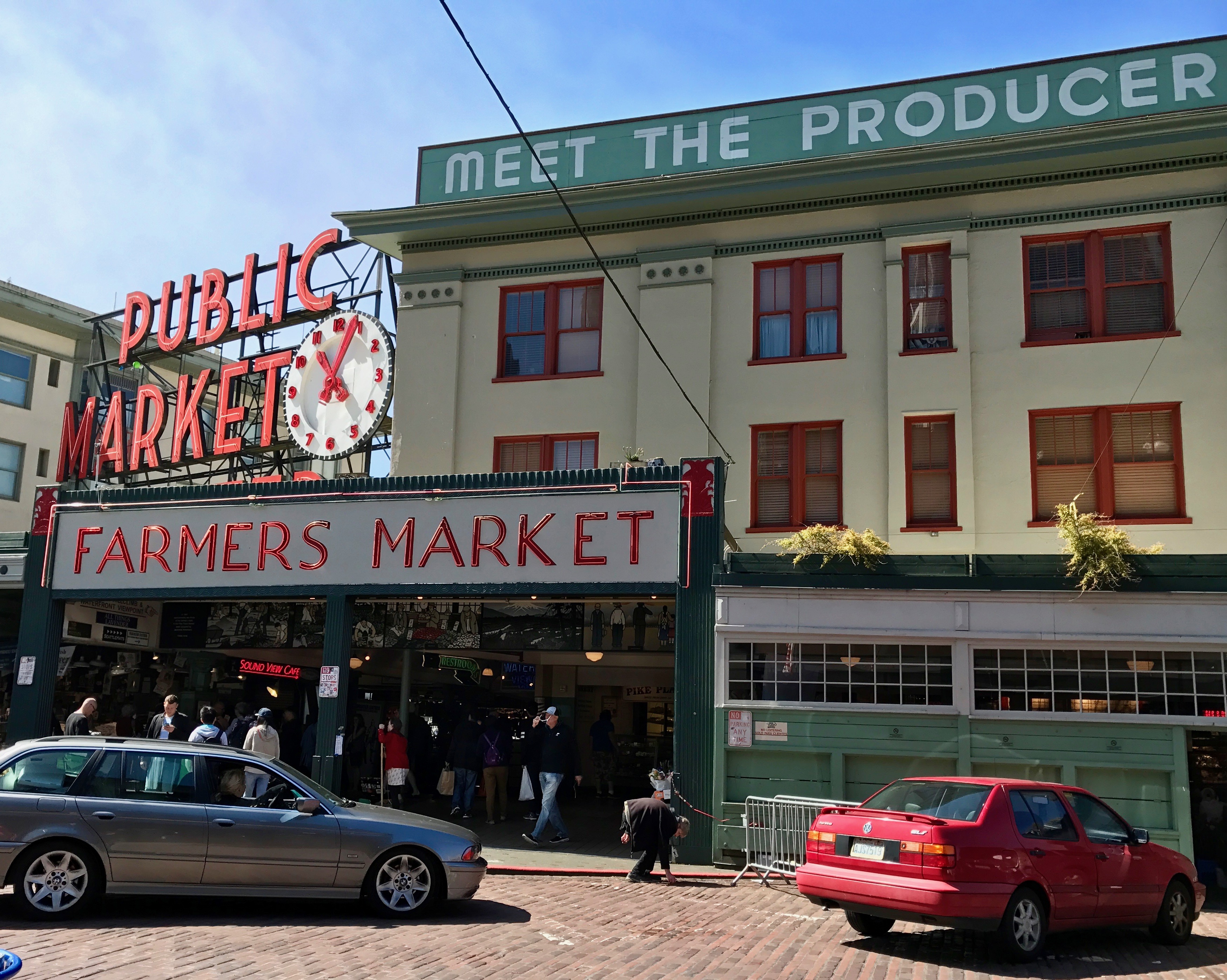
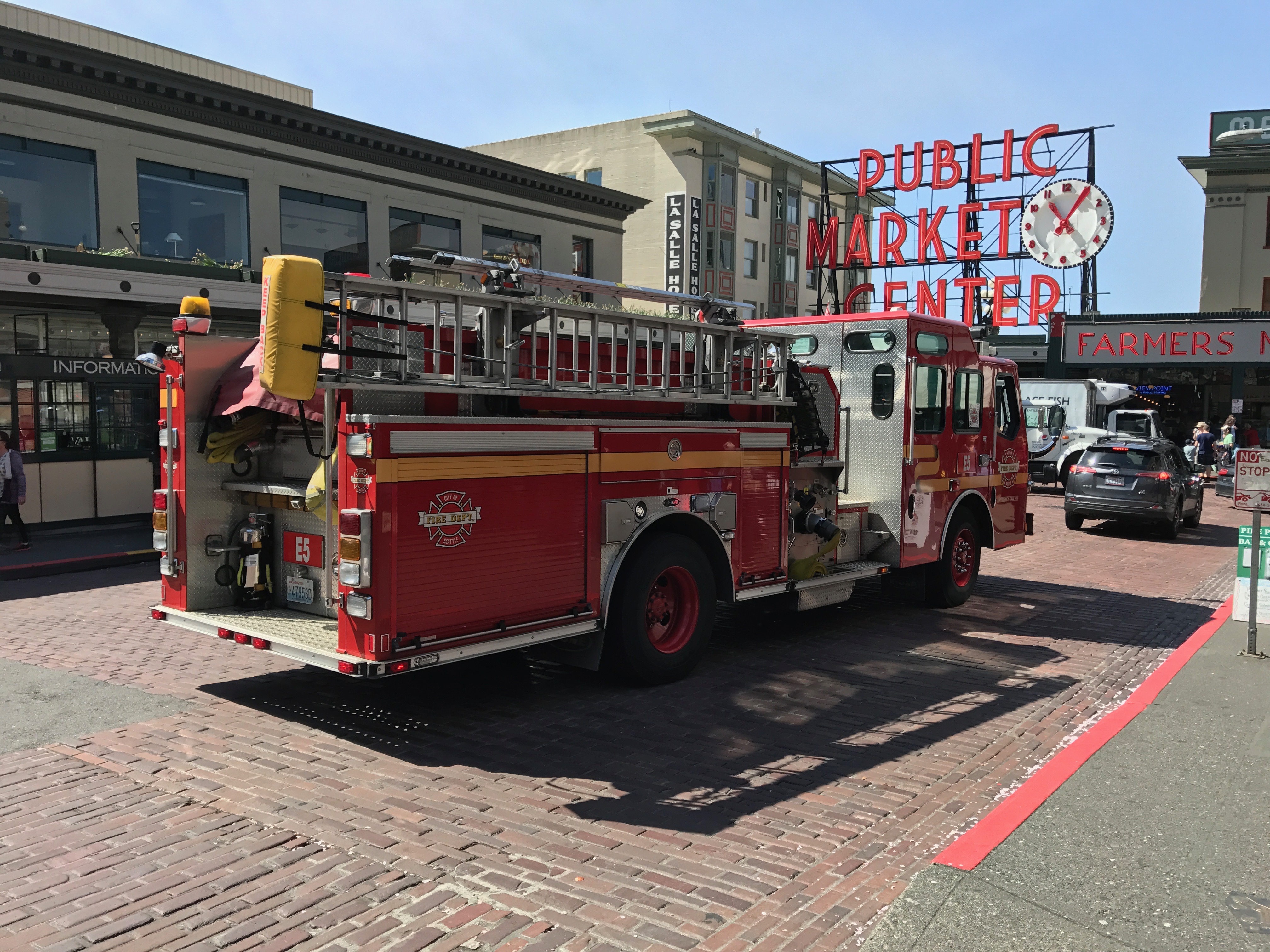
Where Do We Go From Here?
Doug Farr, author of Sustainable Urbanism and Sustainable Nation remembers Corbusier launched a new trend. That was easy. The CNU set out to reverse that trend. That is hard. The Charter of the New Urbanism is a rebuttal of the Athens Charter by Le Corbusier.
Farr warns that the U.S. spends as much on obesity as we do on defense. Obesity hasn’t peaked anywhere on earth yet. Walkability is critically important. Yet the land-use laws that govern 98.5% of the U.S. units of government mandate auto-centric environments. 86% of American neighborhoods are now car-dependent.
Instead, people need an “everyday neighborhood” to belong to. Farr asks: Does it have a name? Do people belong? Does it have a center? An extent? Mixed-use? Is it connected? Economically diverse? Do people have representation?
To get there, fire departments must reframe life safety focus to better reflect the reality that somewhere between 12 and 80 times (depending on the community) more people die from car crashes and physical inactivity than they do from fires. Yet we keep building wide, fast roads so the fire trucks can do their thing, and an unintended consequence is that our communities are not walkable. The crisis has solutions.
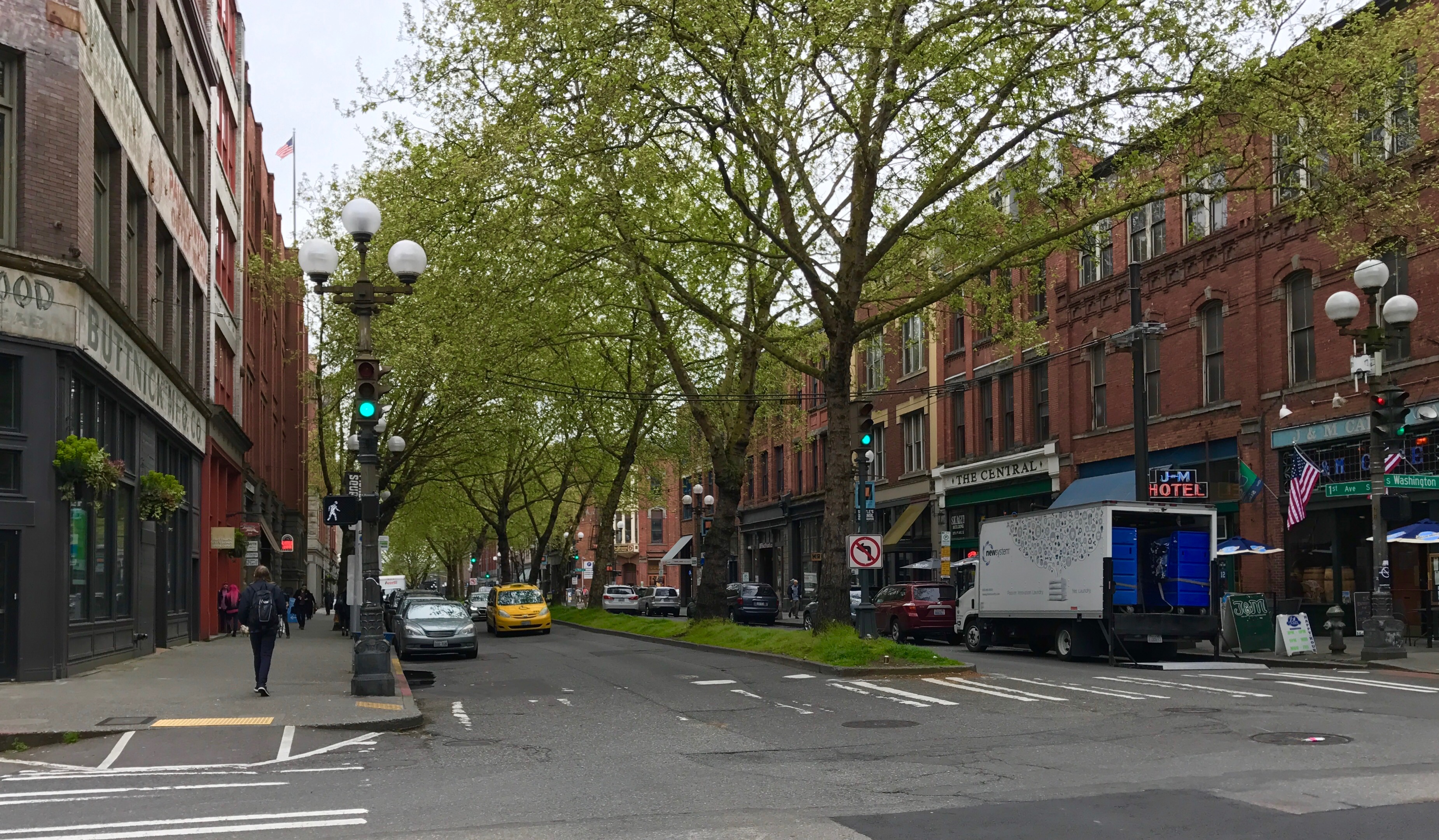
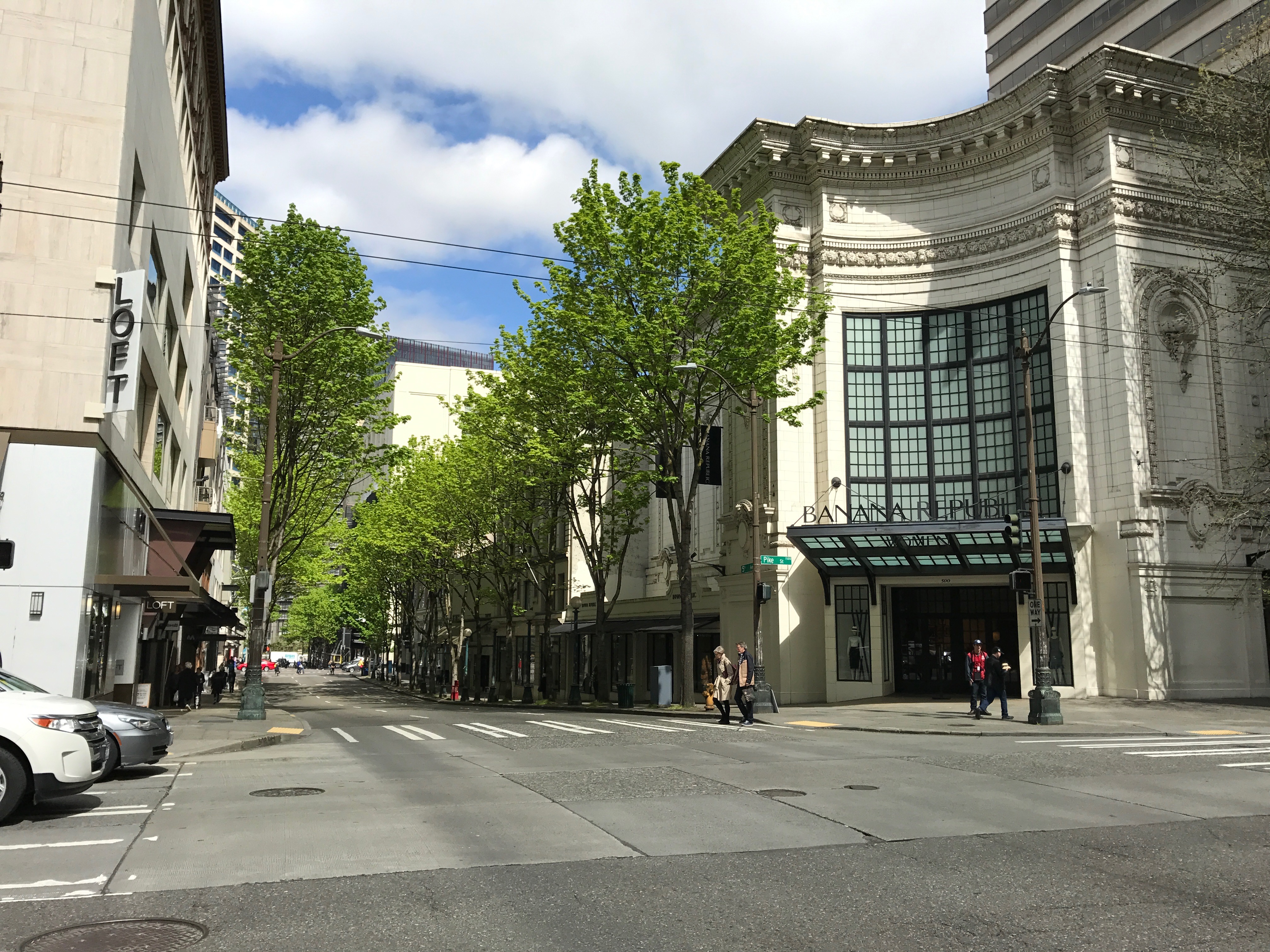
While the entire #CNU25 twitter feed is worth a review and #FF, here are the urbanist twitter feeds that I pull from or reference in this essay, listed here with gratitude:
Steve Mouzon @stevemouzon MVP Twitter Reporter
Andrés Duany @andres_duany
Benjamin SW Scarbro @BenjaminSWS
Bob Anderton @BobAnderton
Brent Toderian @BrentToderian
Collab. Communities @SmartGrowthCCMC
CNT @CNT_tweets
CNU @NewUrbanism
CNU Atlanta @CNUAtlanta
Doug Farr @dougfarrchicago
Eliza Harris Juliano @myurbangen
Elizabeth Kneebone @ekneebone
Eric Kronberg @EricKronberg
Flintlock Lab @AtqLab
Jaime J. Izurieta @izurietavarea
Jarrett Walker @humantransit
Jennifer Hurley @JenHurPlanner
Joe Minicozzi @JoeUrbanThree
John Anderson @johnthebad
Jonathan Rose @JonathanFPRose
Kaid Benfield @Kaid_in_DC
Lynn Richards @lrichardsCNU
Majora Carter @majoracarter
Marina Khoury @MarinaRKhoury
Matt Lambert @mjl_urbanist
Mike Christensen @MRC_SLC
Monali Patel @monali_p
Paul Crabtree @Infrastructor
PlaceMakers @PlaceMakersLLC
Russ Preston @russellpreston
Ryan Kilpatrick @RynKilpatrick
Shelterforce @Shelterforce
Sprawl Repair @SprawlRepairMnl
Stephanie Meeks @SavePlacesPres
Steve Mouzon @stevemouzon
Susan Henderson @suhender
The Urbanist @UrbanistOrg
The UrbaNerd @theurbanerd
Tommy Pacello @tpatch22
Perhaps I’ll see you next year in Savannah, Georgia, for CNU 26, May 16-19, 2018. Or if not, check out Susan Henderson’s post here for lessons from this southern belle of a city. For those of you who couldn’t attend and are interested on some tools and techniques for implementing these ideas, we are putting a popular selection of our webinar series, Placemaking@Work, up for free registration for the month of May, as a sort of virtual congress.




